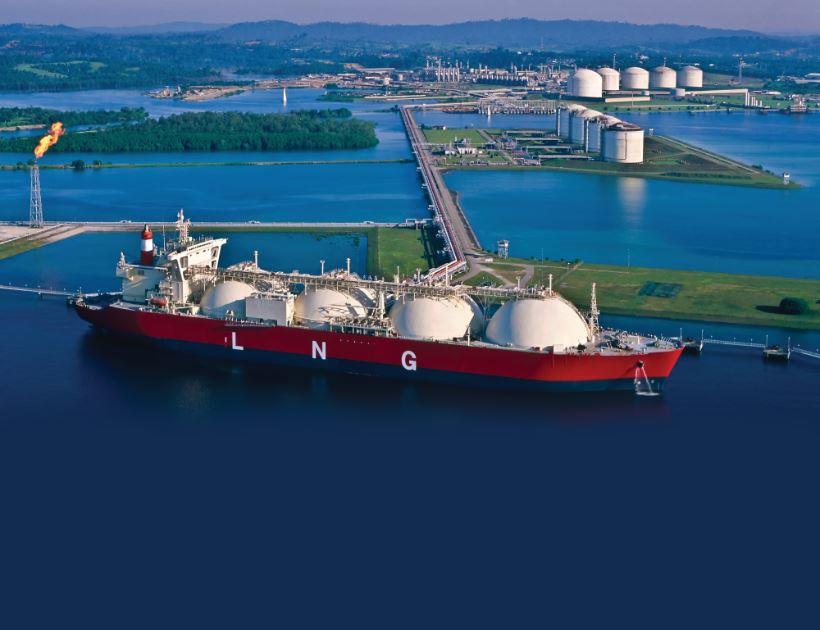
Safe transportation of LNG
An LNG carrier is a tank ship which is designed to transport large amounts of clean natural gas to consumers over large distances. In the LNG carrier, the tank gauging system ensures accurate temperature, level and pressure measurements for inventory control and safe transportation. The storage tanks containing the gas have a large and complex structure and can carry cargo from 90,000 to 175,000 m3. Planning the design and construction of the tanks involves substantial investment, therefore it is vital that operators implement reliable tank gauging systems in order to minimise operating and maintenance costs.
Obtaining accurate and consistent measurements of the liquid level inside tanks allows the operator to regulate inventory. Additionally, level and temperature measurements can prevent overfills, helping to avoid product loss and potential environmental damage.The radar system in the LNG carrier is a monitoring system for the tank level. It sends micro waves towards the surface of the product to determine distance from the surface and thereby calculate level. To calculate distance accurately, the radar system needs to know the speed of the micro waves in the gas, which is dependent on the pressure and the type of gas inside the tank.
Druck’s customer needed a solution to monitor the pressure of the gas inside the LNG tanks in order to calibrate the radar systems, to ensure precise level measurement. The application is on board ships so must be compliant with marine certifications. When Druck considered the most effective solution for the customer’s application it was also important to be cognisant that the natural gas found in the tanks has a small amount of Hydrogen Sulphide (H2S) present.
The Druck team agreed to develop a customised product designed specifically to meet the many requirements of this challenging application. Druck provided a PDCR 250 digitally compensated pressure sensor which offers high accuracy (0.25% full scale) over the wide operating temperature range of -20 to 80°C, found on the deck of a ship.
In this application, a Hazardous Area Certification was obtained, allowing the unit to be used in a potentially explosive atmosphere, where a gas leak could be catastrophic.
Information Source: Read More–> Fueling the Future: Being part of the solution for safe transportation of LNG
Oilandgaspress.com | Energy, Climate, Renewable, Wind, Biomass, Sustainability, Oil Price, LPG, Solar



